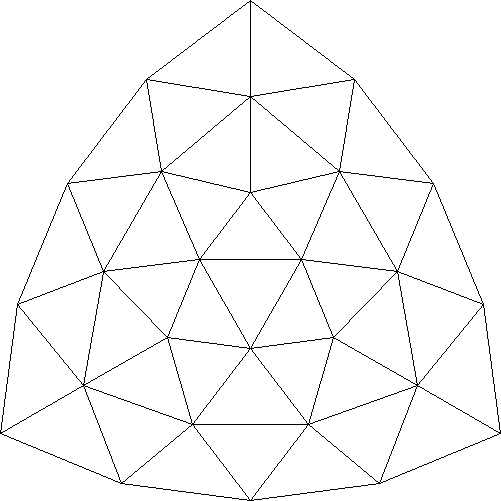Difference between revisions of "Where to swap (y)"
From HexWiki
(Minor update) |
|||
| Line 72: | Line 72: | ||
3:SSSSSSRRR | 3:SSSSSSRRR | ||
4:SSSSSRRRR | 4:SSSSSRRRR | ||
| − | 5: | + | 5:SSSSRRBRR |
6:SSSRRBBRR | 6:SSSRRBBRR | ||
7:SSRRBBBRR | 7:SSRRBBBRR | ||
8:SRRRRRRRR | 8:SRRRRRRRR | ||
| − | 9: | + | 9:RRRRRRRRR |
</hex> | </hex> | ||
| − | |||
| − | |||
| − | |||
| − | |||
| − | |||
| − | |||
| − | |||
| − | |||
| − | |||
| − | |||
| − | |||
| − | |||
| − | |||
| − | |||
| − | |||
| − | |||
| − | |||
| − | |||
| − | |||
| − | |||
| − | |||
| − | |||
| − | |||
| − | |||
| − | |||
| − | |||
| − | |||
| − | |||
| − | |||
| − | |||
| − | |||
| − | |||
| − | |||
| − | |||
| − | |||
| − | |||
| − | |||
| − | |||
| − | |||
| − | |||
| − | |||
| − | |||
| − | |||
| − | |||
| − | |||
| − | |||
| − | |||
| − | |||
| − | |||
| − | |||
| − | |||
| − | |||
| − | |||
| − | |||
| − | |||
| − | |||
| − | |||
| − | |||
| − | |||
| − | |||
| − | |||
| − | |||
| − | |||
| − | |||
| − | |||
| − | |||
| − | |||
| − | |||
| − | |||
| − | |||
| − | |||
| − | |||
| − | |||
| − | |||
| − | |||
| − | |||
| − | |||
| − | |||
| − | |||
| − | |||
| − | |||
| − | |||
| − | |||
| − | |||
=== Regular Y / Size 10=== | === Regular Y / Size 10=== | ||
<hex> C10 R10 | <hex> C10 R10 | ||
1:SSSSSSSSSR | 1:SSSSSSSSSR | ||
| − | 2: | + | 2:SSSSSSSSRR |
| − | 3: | + | 3:SSSSSSSRRR |
| − | 4: | + | 4:SSSSSSRRRR |
5:SSSSS_____ | 5:SSSSS_____ | ||
| − | 6: | + | 6:SSSS__BB__ |
| − | 7: | + | 7:SSSR_BBB_R |
| − | 8: | + | 8:SSRR_BB_RR |
| − | 9: | + | 9:SRRR___RRR |
| − | 10: | + | 10:RRRR__RRRR |
</hex> | </hex> | ||
Revision as of 05:27, 31 August 2016
- the red marked hexes should not be swapped
- the blue marked hexes should be swapped
- the star marked hexes are defining the Y board.
Contents
- 1 Regular Y / Size 2
- 2 Regular Y / Size 3
- 3 Regular Y / Size 4
- 4 Regular Y / Size 5
- 5 Regular Y / Size 6
- 6 Regular Y / Size 7
- 7 Regular Y / Size 8
- 8 Regular Y / Size 9
- 9 Regular Y / Size 10
- 10 Regular Y / Bent-27
- 11 Master Y
- 12 Master Y / Size 2
- 13 Master Y / Size 3
- 14 Master Y / Size 4
- 15 Master Y / Size 5
- 16 Master Y / Size 6
- 17 Master Y / Bent-27
Regular Y / Size 2
Regular Y / Size 3
Regular Y / Size 4
Regular Y / Size 5
Regular Y / Size 6
Regular Y / Size 7
Regular Y / Size 8
Regular Y / Size 9
Regular Y / Size 10
Regular Y / Bent-27
This board (on which the pieces are placed on the intersections) should be within reach for computers, but no results are known so far.
Master Y
In Master Y, the first player places one piece on the board, and each subsequent move consists of placing two pieces on the board.
- the red marked hexes are losing first moves
- the blue marked hexes are winning first moves
Master Y / Size 2
Master Y / Size 3
Master Y / Size 4
Master Y / Size 5
Master Y / Size 6
Master Y / Bent-27
Again, status unknown but presumably within reach for computers.
